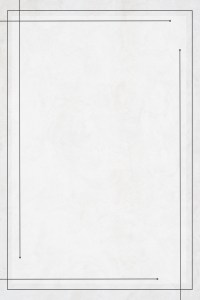Английский язык для медиков | страница 15
The skeletal system develops from paraxial mesoderm, which forms a column of tissue blocks, called the somites, on either side of the neural tube. Each somite becomes differentiated into a ventromedial part, the sclerotome, and a dorsolateral part, the dermomyotome. By the end of the fourth week, the sclerotome cells form embryonic connective tissue, known as mesenchyme. Mesenchyme cells migrate and differentiate to form fibroblasts, chondroblasts, or osteoblasts.
Bone organs are formed by two methods.
Flat bones are formed by a process known as intramembinous ossification, in which bones develop directly within mesenchyme.
Long bones are formed by a process known as endochondral ossification, in which mesenchymal cells give rise hyaline cartilage models that subsequently become ossified.
Skull formation. The neurocranium provides protection around the brain, and the viscerocranium forms the skeleton the face.
Neurocranium is divided into two portions:
The membranous neurocranium consists of flat bones that surround the brain as a vault. The bones appose one another at sutures and fon-tanelles, which allow overlap of bones during birth and remain membranous until adulthood. Palpation of the anterior fontanelle, where the two parietal and frontal bones meet, provides information about the progress of ossification and intracranial pressure.
The cartilaginous neurocranium (chondro-cranium) of the base of the skull is formed by fusion and ossification of number of separate cartilages along the median plate.
Viscerocranium arises primarily from the first two pharynge arches.
Appendicular system: The pectoral and pelvic girdles and the limbs comprise the appendicular system.
Except for the clavicle, most bones of the system are end chondral. The limbs begin as mesenchymal buds with an apical ectodermal ridge covering, which exerts an inductive influence over the mesen-chyme.
Bone formation occurs by ossification of hyaline cartilage models.
The process begins at the end of the embryonic period in the primary ossification centers, which are located in the shaft, or diaphysis, of the long bones. At the epiphyses, or bone extremities, ossification begins shortly after birth.
The cartilage that remains between the diaphysis and the epiphyses of a long bone is known as the epiphysial plate. It is the site of growth of long bones until they attain their final size and the epiphysial plate disappears.






